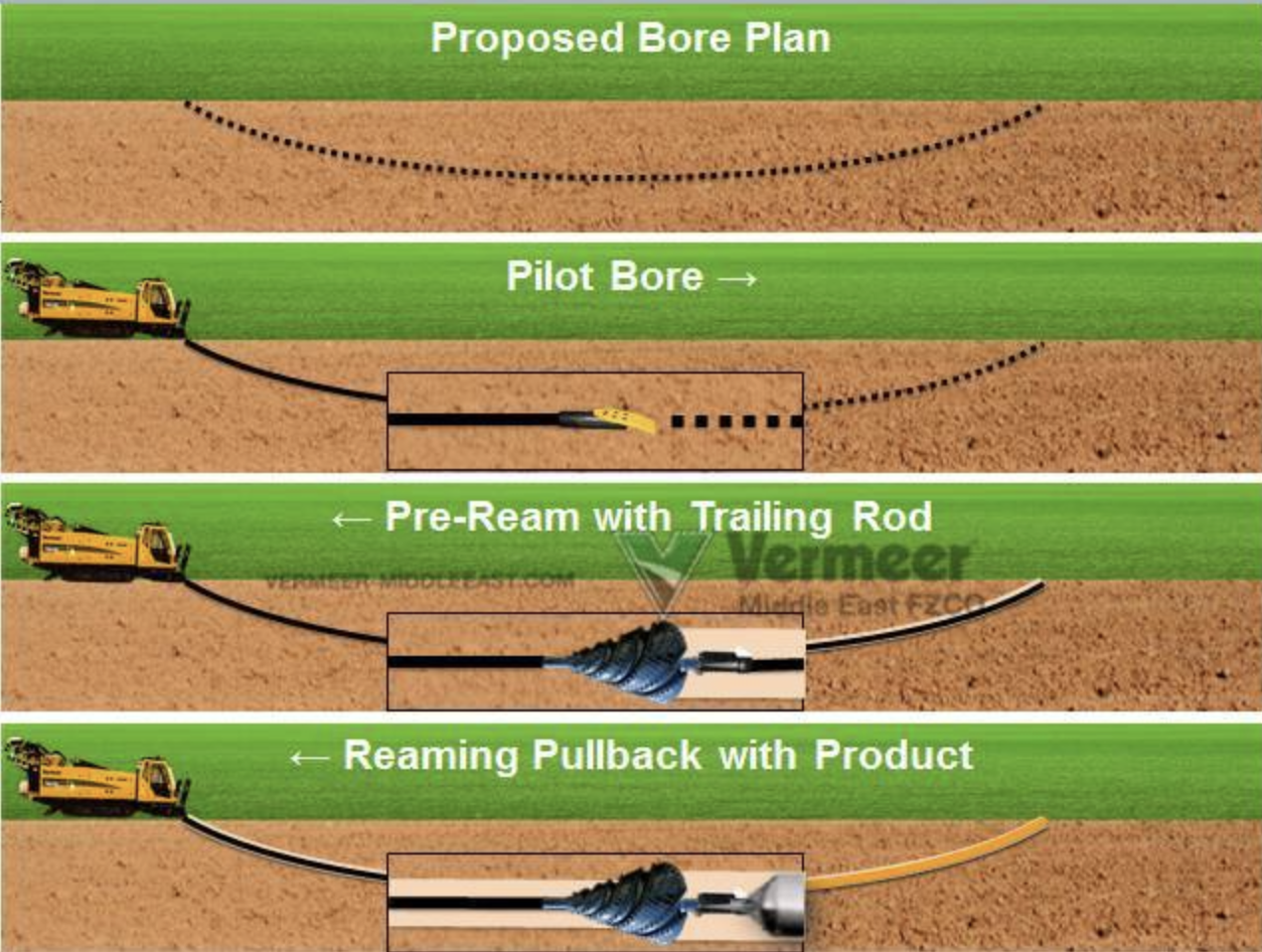Horizontal Directional Drilling, often referred to as Horizontal Directional Drilling, stands at the forefront of modern construction and infrastructure installation techniques. As local governments, energy companies, and telecom providers increasingly seek efficient and eco-friendly solutions, this method has emerged as a reliable alternative to traditional trenching. This advanced method allows for the placement of pipes, cables, and tubing beneath the earth's surface with minimal disruption to the adjacent environment. Understanding the way HDD works and its advantages can open up new opportunities for projects in either urban and rural settings.
In this article, we will explore the multiple aspects of Horizontal Directional Drilling, from its underlying method and technological advancements to its significant role in sectors such as telecom and renewable energy. We will also examine the reasons HDD is favored for urban infrastructure projects, the obstacles contractors face, and effective strategies for guaranteeing safety and success. As we gaze into the future of non-invasive technology, it is evident that HDD is not only leading the way but also revolutionizing the landscape of infrastructure deployment and infrastructure development.
Grasping Horizontal Directional Boring
Horizontal Directional Boring, also known as HDD, is a tunnel-free method used for the placement of underground infrastructure such as water, natural gas, and telecommunications lines. https://gmaccontractors.com/ entails drilling a initial hole following a predetermined route and then enlarging it to accommodate the utility line. Unlike conventional trenching, HDD enables the installation of pipes with no the necessity of extensive ground disruption, which makes it ideal for urban settings and fragile areas.
The HDD process starts with meticulous preparation and path determination, ensuring minimal ecological impact and maximizing the installation. Specialized equipment are utilized to form a lateral hole that can maneuver around barriers and varying ground types. The drill head is steered with advanced techniques, permitting operators to keep exact direction over the boring direction. This adaptability is crucial in situations where encountering challenging landscapes or existing infrastructure.
One of the significant advantage of HDD includes its ability to reduce project timescales and costs. Because there is little excavation required, crews can work more effectively and rapidly finish the jobs. The method not only lessens disruption to local neighborhoods but additionally offers a safer working environment for workers. Overall, HDD represents a significant progression in service installation, offering both functional and ecological benefits.
Advantages and Challenges of Horizontal Directional Drilling
Horizontal Directional Drilling offers numerous advantages that make it a favored method for utility installation, particularly in urban environments. One of the most notable benefits is its ability to minimize disturbance. Unlike traditional excavation methods, HDD allows for the placement of pipelines and wires without the need for extensive excavation, which means less impact on streets, landscapes, and existing infrastructure. This capability significantly lowers the restoration time and expenses associated with surface damage, making this method an effective choice for urban projects.
Despite its benefits, this method also presents several challenges that professionals in the field must address. One of the primary concerns is the inconsistency of soil conditions, which can significantly influence drilling efficiency and the outcome of the project. Rocky ground, groundwater issues, and other earth factors can hinder the drilling process and lead to higher costs or delays in the project. Additionally, contractors must be careful in their planning and implementation to avoid complications such as unexpected returns and blowouts, which can cause environmental impacts and rework.
To effectively utilize the benefits of this method while mitigating its challenges, rigorous pre-project preparation and the use of advanced technologies are essential. Incorporating tools such as global positioning systems and live monitoring technologies can enhance drilling accuracy and effectiveness, ultimately leading to better outcomes. As HDD continues to evolve, staying informed about industry trends and effective strategies can help stakeholders successfully manage both the benefits and difficulties associated with this innovative drilling method.
The Future of Horizontal Directional Drilling in Construction Projects
As cities continue to grow, the demand for effective construction solutions increases. Horizontal Directional Drilling is positioned to play a crucial role in meeting these needs. With its ability to install utilities subsurface without interfering with surface activities, HDD offers a special advantage in densely populated regions. As urban areas work to upgrade aging infrastructure, HDD's flexibility to various soil conditions and geographies ensures that it will remain a essential tool in the toolbox of civil engineers and contractors.
Technological advancements are also changing the future of HDD. Innovations such as real-time data monitoring and enhanced drilling techniques are increasing accuracy and efficiency in installations. The integration of GPS technology allows for exact tracking of drill paths, lessening errors and enabling more complex projects to be executed with confidence. As these technologies continue to develop, they will enable contractors to tackle increasingly difficult installations while ensuring high safety standards.
Looking ahead, ecological considerations will drive the growth of Horizontal Directional Drilling in construction projects. As sustainability becomes a priority for municipalities and utility companies, Horizontal Directional Drilling's low-impact nature presents a compelling case for its adoption, especially in delicate ecosystems. By reducing surface disruption and avoiding extensive trenching, HDD aligns with global efforts to conserve natural habitats. As awareness of these benefits spreads, more projects will probably adopt Horizontal Directional Drilling, cementing its role as a pioneer in modern trenchless technology.

